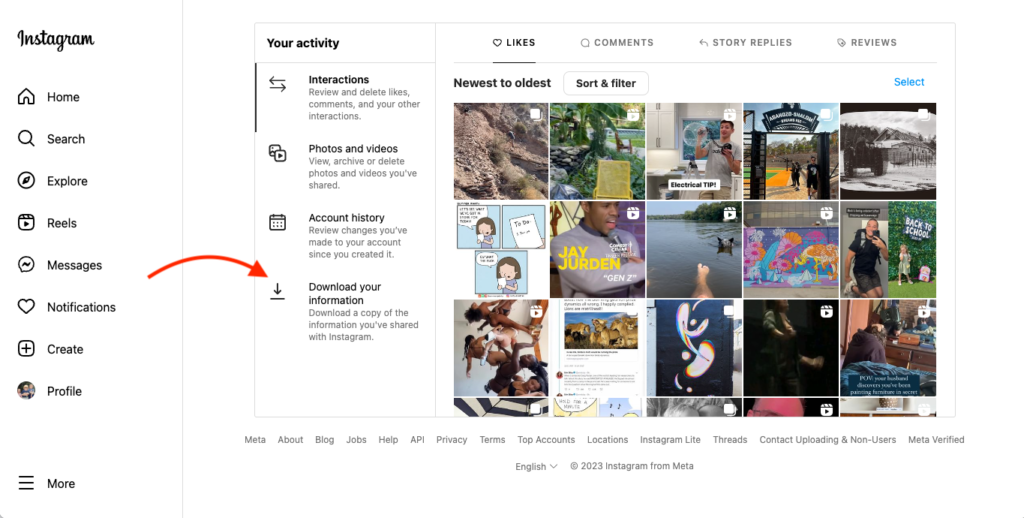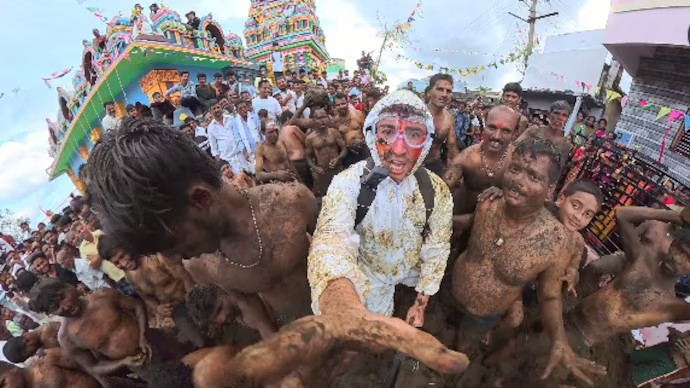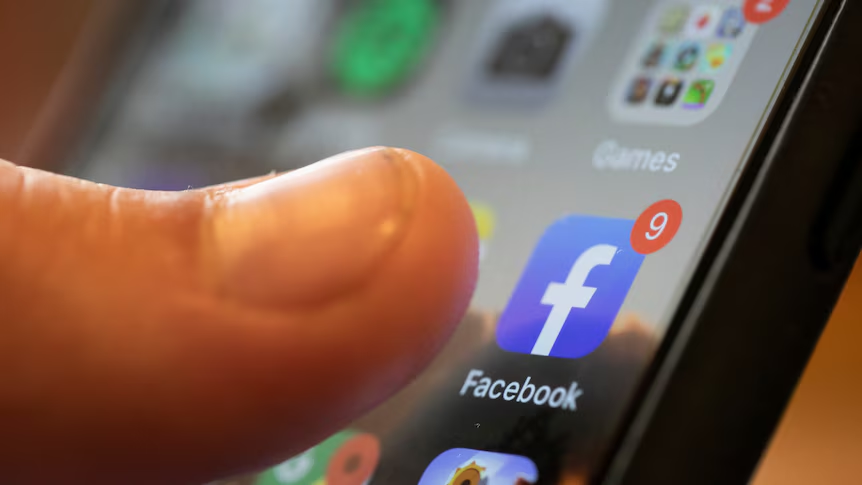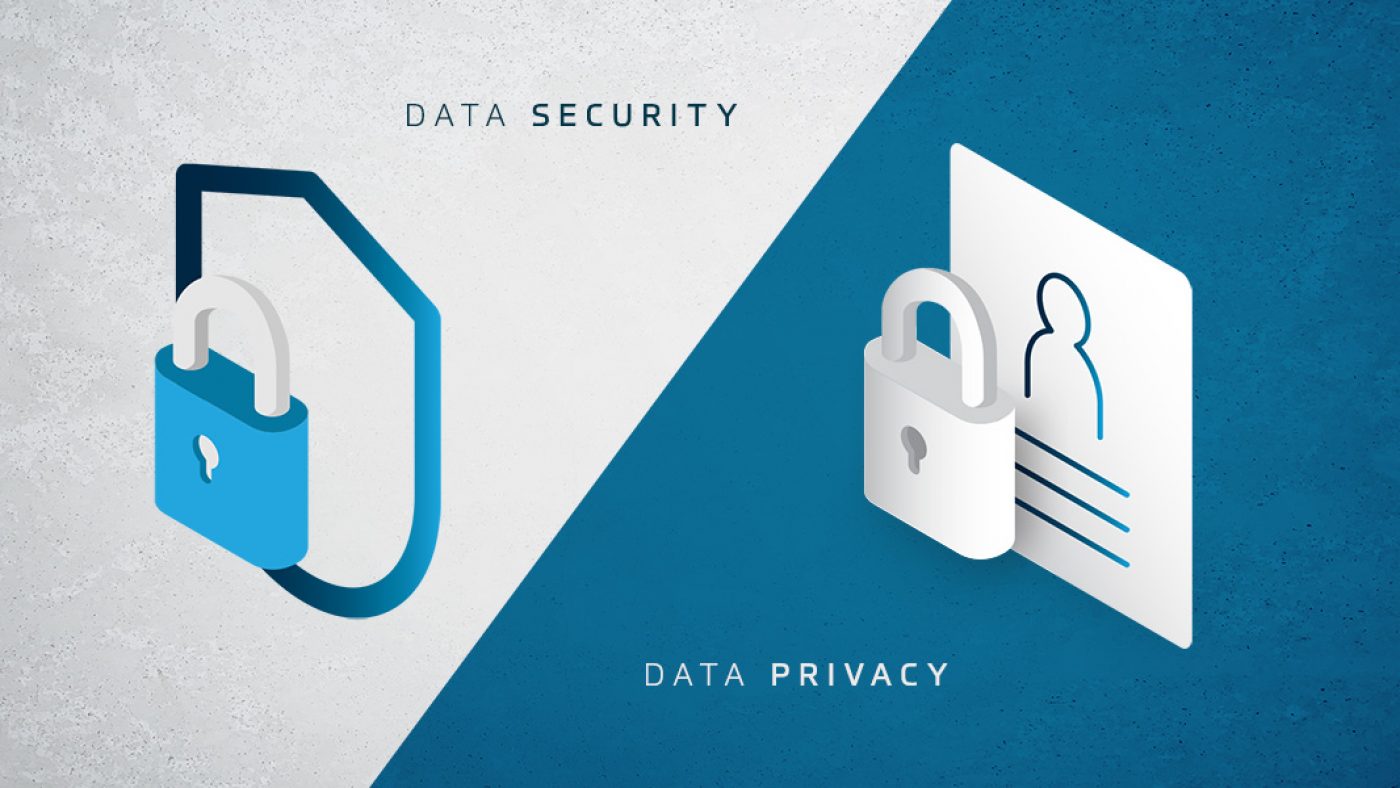Now Reading: Why People Fake Generosity Online
-
01
Why People Fake Generosity Online
Why People Fake Generosity Online
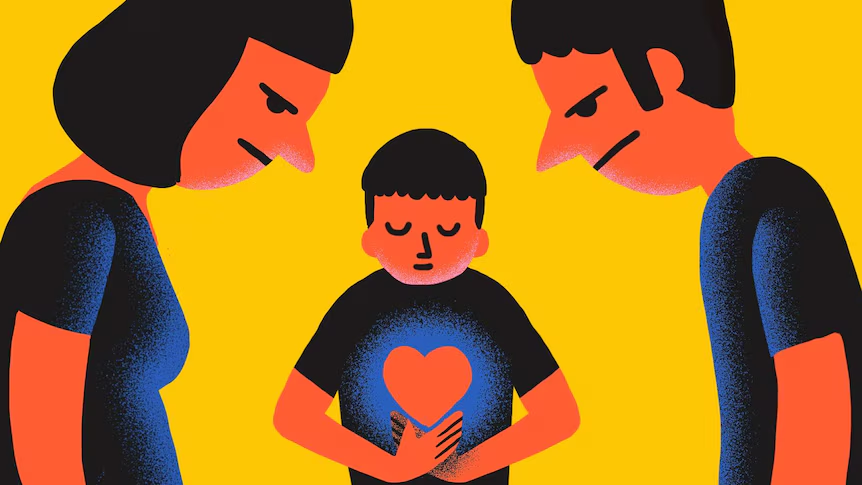
Generosity has always been valued, but in the age of social media, many people display kindness more for attention than genuine intent. In Tier 2 cities across India, online acts of charity, donations, or support are often showcased to gain likes, followers, or social approval, turning altruism into a performance rather than a heartfelt action.
One reason is social validation. Posting about charitable acts or helping others generates recognition, positive comments, and a sense of moral approval. This external reinforcement can motivate people to highlight generosity more than actually practice it privately.
Another factor is branding and image management. Influencers and ordinary users alike may share acts of kindness to build a persona of virtue and empathy. In smaller cities, where social networks are tightly connected, visible generosity enhances reputation and influence.
Psychological benefits also play a role. People feel morally superior or fulfilled when others acknowledge their generosity, even if the act itself is minimal or exaggerated. This can create a cycle where the appearance of helping outweighs the actual impact.
Ultimately, while online generosity can inspire and raise awareness, it is important to differentiate between performance and genuine action. True generosity stems from intention and impact, not just public acknowledgment, and cultivating it offline is just as valuable as sharing it online.








